time for a new strategic plan?
Get ready to Create a big future for your stakeholders.
It's hard to achieve anything of significance without a good plan; be it managing a new initiative, merging with another organisation or getting a sector to play in harmony.
Whether you inherit a strategic plan or guide its development from scratch, it’s up to you and your Board to ensure it identifies what needs to be achieved over the coming years and exactly how that is going to happen. In other words, you must know it's fit for purpose and focused on the future.
Conscious Governance is an independent consultancy for not for profits, working in virtually all sectors over the past 20 years.
Our strategic plan facilitation has been developed to simplify the strategic planning process, with stress-tested techniques to keep your plan fighting fit and building a big future for your stakeholders and community. Be confident that no matter what the future holds, you have a plan to deal with it.
The problem with traditional strategic planning
In a performance study released this year by The Australian Institute of Company Directors, strategic planning was identified as the #1 most pivotal activity that could be done better for greatest overall impact.
Frustrated CEOs and distracted Boards have identified these common scenarios that have made their planning lackluster and contrived, rather than inspirational and organic. Are any of these familiar to you?
Strategic planning becomes a form filling, talk-fest that drags on for months.
The Board has a plan for the sake of having a plan: there is no integration into the culture, budget, decision-making or operations of the organisation.
The planning team think they know the answers, rather than exploring the options, questions and possibilities.
A few dominant personalities control the facilitation without the necessary training or experience, trampling on the group's ability to be strategic or form a consensus.
The strategies begin to look like a long wish list without proper support from the required action plans, budget or staff.
One or two pet projects find their way into the strategic plan – and the personal egos they are attached to make it impossible to remove them.
It’s too hard to change elements of the strategic plan once it has been “finished,” so the pressure is on to get it right the first time without recognizing no plan survives contact with reality.
The strategic planning consultants cost exceeds what is allocated in the budget.
The last strategic planner was obsessed with post-it notes and butcher's paper...
It’s no wonder many organisations find the process too much effort for what it is worth.
But it doesn't have to be this way.
The traditional planning models are rigid, unnecessarily complicated and too easy to derail. But perhaps the biggest impediment of all: they never leverage passion, vision or strategic thinking.
Our strategic planning methodology is completely different. We will walk you through the steps needed to forge your own high performing strategic plan, how to generate buy-in from your key stakeholders and staff and how to embed it into all of your primary governance and operational processes.
In essence, everything you need to be ready for the next three to four years... and the decade after that. A good strategic plan ensures the right priorities are set, energy, time and resources are allocated to the right areas, innovation is encouraged and rewarded, and there is flexibility to change when change is required.
That means you no longer have to cross your fingers and hope nothing will come along and disrupt your sector, service delivery or cast doubt over your organisation’s future. Using these tools, you will be ready.
Download an information booklet
Explore the process we use in conducting effective strategic plan facilitations and get to know our facilitators.
Consider this:
What if all your clients and stakeholders became active champions of the future you were creating?
What if your organisation was sought after by prospective Board members because of its reputation for innovation and expertise?
What if you could increase the quality and standard of your service and your sector, simply by including stakeholders in your strategic planning process?
What if you could manage all of your costs and keep a healthy bottom line while not being solely dependent on block funding or a single revenue stream?
What if you could anticipate the future skills and expertise of your Board and staff years before they were required?
What if you could position your organisation to leverage trends and disruptions?
What if you could create a massive amount of enthusiasm for the future of your service and the difference it creates in the community?
The power of great strategic planning can create all of the above.
Great strategic planning means you can feel confident that your leadership team will not lose momentum or become directionless. Great strategic planning means no Board meeting is ever wasted on operational details.
You meet to review and refine your critical strategies, monitor action plans and explore emerging strategic issues within the framework of governance, finance, risk and compliance.
Great strategic planning means you will continually capture new insights and opportunities otherwise missed, and have the flexibility to realign to any changing environment.
All of this is possible when you have the right tools in front of you.
Watch the Power of Vision and Question here
You are in good company
Our Strategic Planning Process
proposed process for the Strategic Plan facilitation session:
Collection and analysis of key documents by facilitator (constitution, annual report, financials, last three Board minutes, strategic documents as agreed)
Agree who should be on the planning team. We recommend that the Board/senior staff be invited, plus key stakeholders who understand the environment in which you work eg key staff, key members, your major funding body etc. A team of between 15 to 20 people works very well.
Develop and circulate strategy survey to selected individuals including the planning team, other key staff and stakeholders, collect survey returns and summarise relevant issues in readiness for planning team facilitation day.
The strategic plan document will be written by the facilitator and will be available within 3 days of the strategic plan facilitation. This document will also include recommendations for implementation at Board and staff levels.
Proposed Content (9.00am - 2.30pm)
1. Developing or reaffirming the Vision/Mission of your organisation
2. Using your Vision/Mission statement as a strategic filter to develop and assess new and existing programs
3. Developing Alternative Future scenarios for plausible futures facing your organisation and impact on business processes-Backcasting process
4. Developing measures of success for your organisation
5. A Strengths, Weaknesses, Opportunities and Risks (SWOR) environmental filter analysis.
6. Analysis of survey returns and SWOR results
7. The impact of identified risks on your risk management plan
8. Developing the alternative key strategies for your organisation
9. Agreeing and prioritising key strategies
10. Developing Action Plans to achieve the identified Strategies
11. Impact analysis between the SWOR, Vision and Strategies.
12. Establish the Strategic Action plans for all agreed strategies. This will include a description of the project, the project scope, the resources necessary for implementation, a start date, finish date, project manager, success measures, ethical considerations and risk identification. There are likely to be between three and five Strategic Action plans per strategy.
13. Strategies for ensuring that the strategic plan is carried out at the various levels, including reviewing the strategic plan regularly, and strategic thinking processes.
14. Strategies for embedding the strategic plan into performance measures and job descriptions at all levels of the organisation
15. Show how to develop GANTT chart to review timelines
A smaller group (CEO, Chair and facilitator) will be required that evening for around 3 hrs to finalise the strategic plan, develop action plans for each of the strategies to scope, timelines, success measures, ethical and risk implications.
What make us different?
Our strategic planning style is unlike any other. Here are a few things we do differently:
A Vision filtering process: how to use your Vision statement as a tool for innovation.
We include key stakeholders in the strategic planning process (including a preliminary survey) for a greater scope of ideas and insights.
We complete the entire process, as detailed above, in 1 incredible day (including all of your critical action plans).
We include risk and ethical filters to ensure your strategic plan is balanced and accountable.
The scenario planning component takes the form of a Possibility Casting exercise so you have a handle on what could happen into the future and it's potential impact on your organisation.
Or give us a call: +61 438 325 782




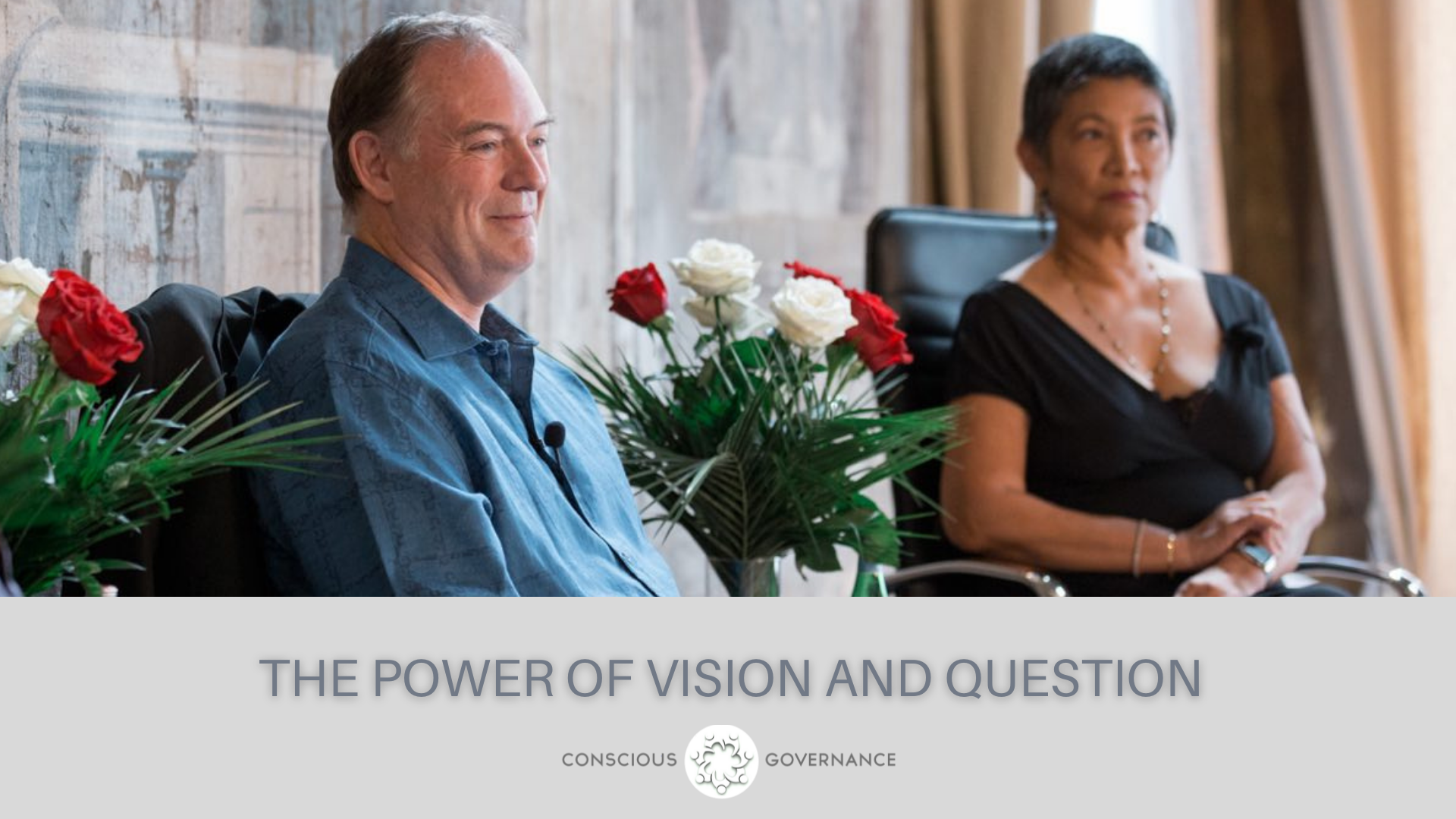
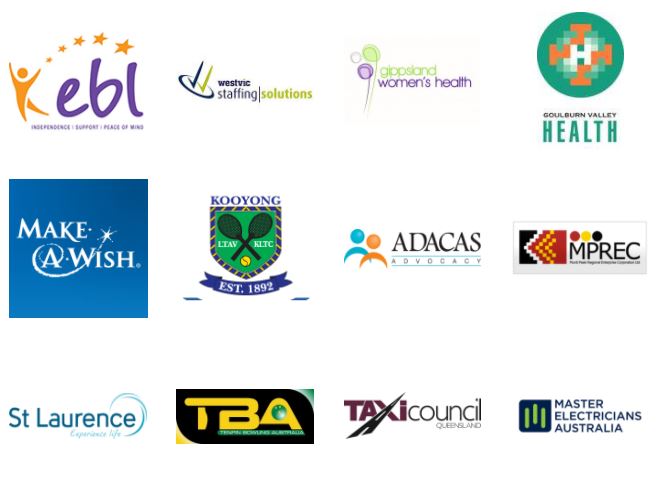
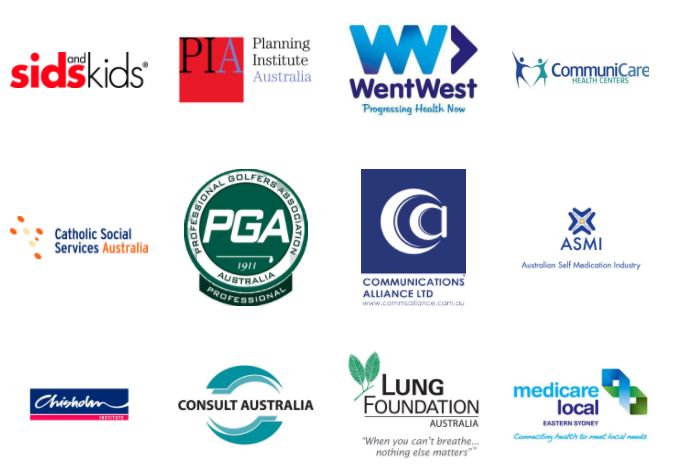
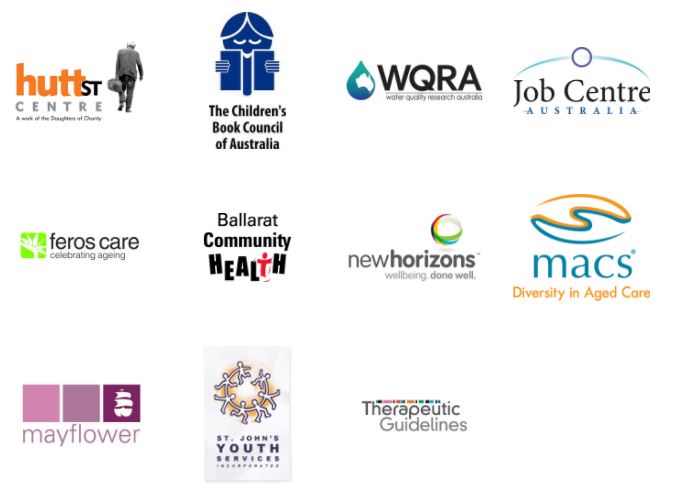
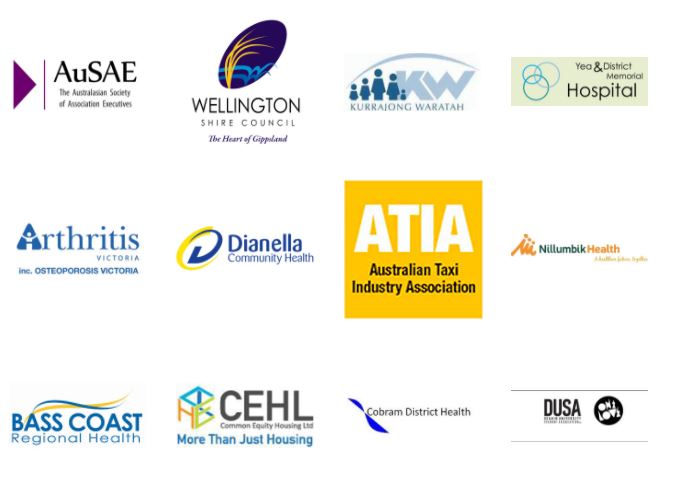

"Thank you for all your work on our strategic plan, it is one of the best processes that I have ever been involved in... I am real excited about the platform you have helped us create to set us up for the future."
- Rebecca Lorains, CEO, Primary Care Connect